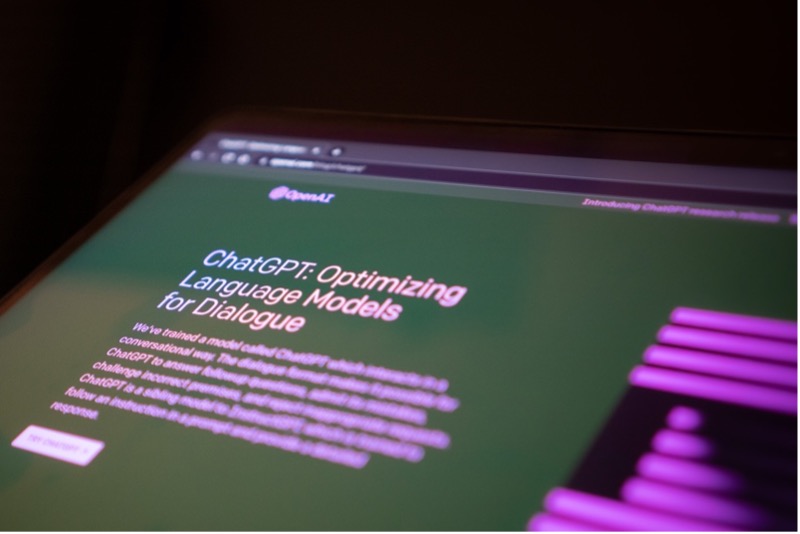Investment by venture capitalists (VC) is declining, even the ever-hot tech market is experiencing a cooling. Entrepreneurs and CEOs in start-ups are fairly concerned about survival. A game plan that might just save drowning companies is setting sail direction merger & acquisition (M&A). When preparing, entrepreneurs must see their start-up from the point of view of potential buyers
AVC investments were cut by almost one third in Q2 2022 compared with 2021, IPOs hit a 50-year low.
Big brands like Uber or Airbnb gained from the last downturn, while the majority of companies relying on VC struggled, many switching to an M&A strategy.
Research shows this strategy to work out in the long run: venture-backed M&A plummeted during the recessionary period but came to an early recovery, VC-backed M&A bounced back and took off again.
A crash course on M&A: The process normally requires 12-18 months from start to end. To get a jump on the process, it’s important to know how you’ll be evaluated by a potential buyer. Most will have a ranked scorecard with specific criteria, such as deal terms, strategic fit, competitive gaps filled, cultural compatibility, potential upside, and finally “lift” – how hard will the purchase and subsequent integration be? If M&A is likely in your intermediate future, your task today is to reduce a prospective buyer’s lift and increase your “acquirability.”
Many of the actions that make your company a desirable acquisition target will also enable you to better weather economic uncertainty. The decision to sell should be your choice — not a necessity.





